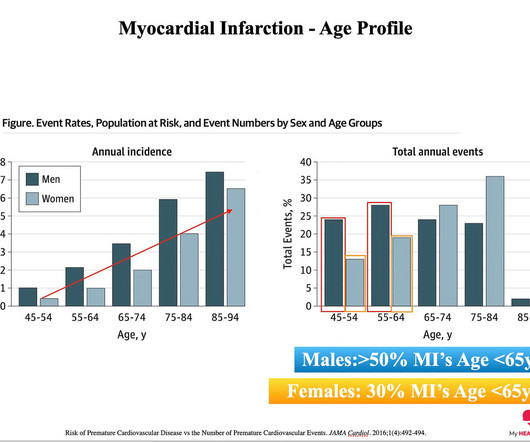Higher Noncalcified Plaque Volume Is Associated With Increased Plaque Vulnerability and Vascular Inflammation
Circulation: Cardiovascular Imaging
JANUARY 11, 2024
Circulation: Cardiovascular Imaging, Ahead of Print. BACKGROUND:Recently, it was reported that noncalcified plaque (NCP) volume was an independent predictor for cardiac events. P<0.001) than the group with low NCP plaque volume. P<0.001) than the group with low NCP plaque volume. versus 75.9%;P<0.001),















Let's personalize your content